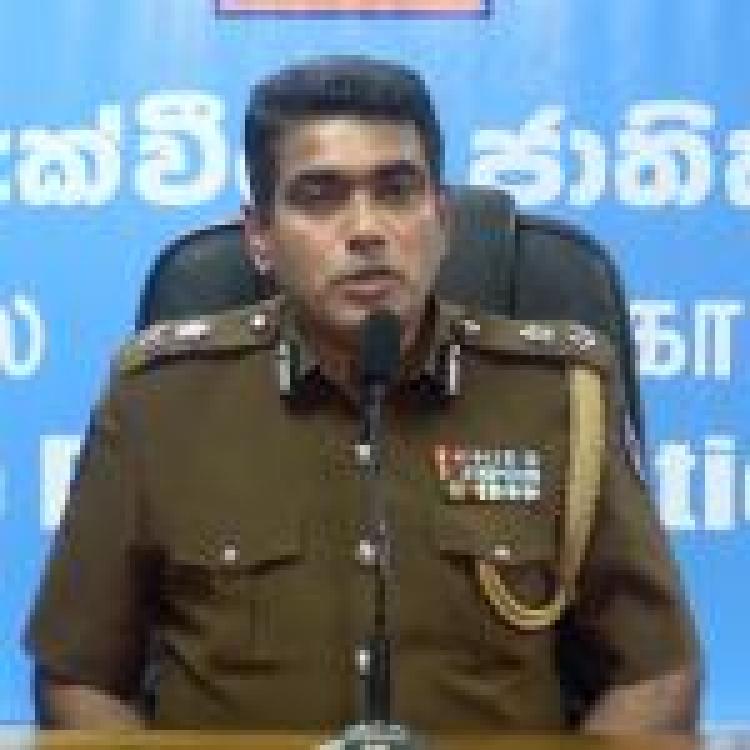
Municipal Councillor V. Parthiban was summoned to the Terrorism Investigation Division (TID) for a five-hour interrogation regarding the uniforms of a Jaffna Municipal Council task force.
They asked me repeatedly, “who authorised [the uniforms]? Why was this colour chosen? With whose permission were [these uniforms] selected?” said Parthiban.
In April, Sri Lankan police launched an investigation into the uniforms of a Jaffna Municipal Council task force, which was enacted to enforce penalties against environmental infractions such as littering and spitting. Police alleged that the uniforms worn by the task force were similar to those formerly worn by the Liberation Tigers of Tamil Eelam’s (LTTE) police force.
Parthiban, along with Mayor of Jaffna, Viswalingam Manivannan, were summoned to the Jaffna police station on April 9th. After a lengthy interrogation, Parthiban was released and Manivannan was arrested by the TID and eventually released on bail. TID claimed Manivannan, who is also an attorney-at-law, was attempting to resurrect the LTTE.
 File photo: Jaffna Municipal Council task force uniforms
File photo: Jaffna Municipal Council task force uniforms
Manivannan addressed the allegation in a press conference, stating that the uniforms were identical to a similar task force ran by the Colombo Municipal Council. The Mayor said that the uniforms held no further connotations and that the police were making allegations based on social media conspiracy theories.
“If taking steps to uphold the cleanliness of the [district] is a mistake, we will continue to make that mistake. Arresting me is disgusting, and it disrespects the independence of the [Jaffna] Municipal Council,” said Manivannan. “I will not allow tyranny of the police to exist.”
In September, the UN High Commissioner for Human Rights, Michelle Bachelet told the Human Rights Council, “expecting accountability from any [Sri Lankan] state-led mechanism is futile.” The Sri Lankan government has historically used national security as a guise to intimidate, surveil and harass Tamil communities.




